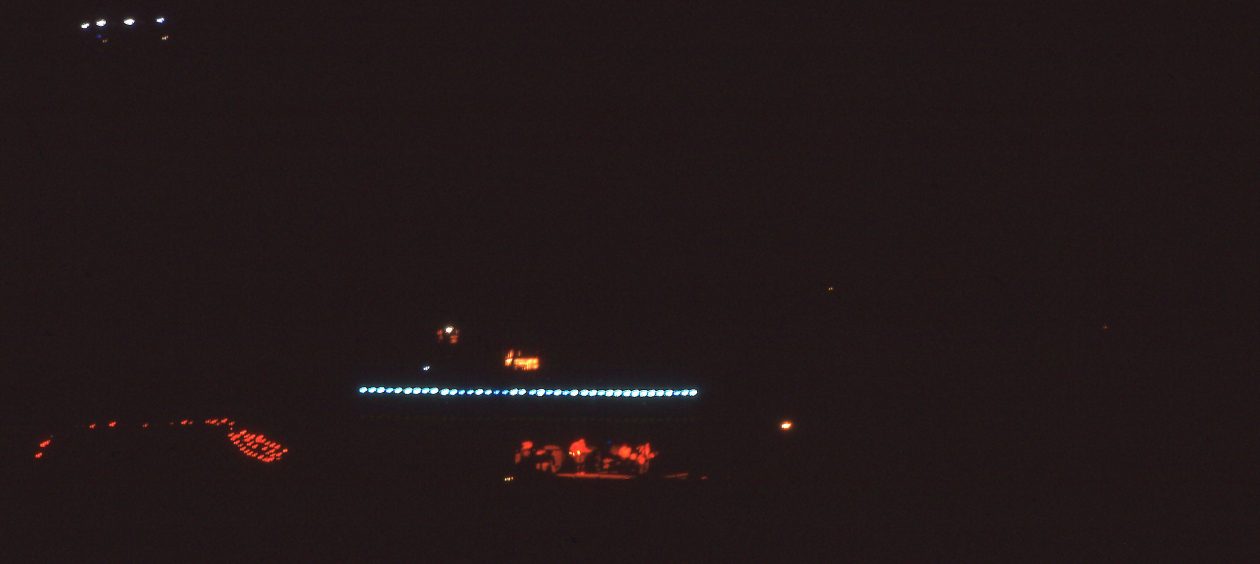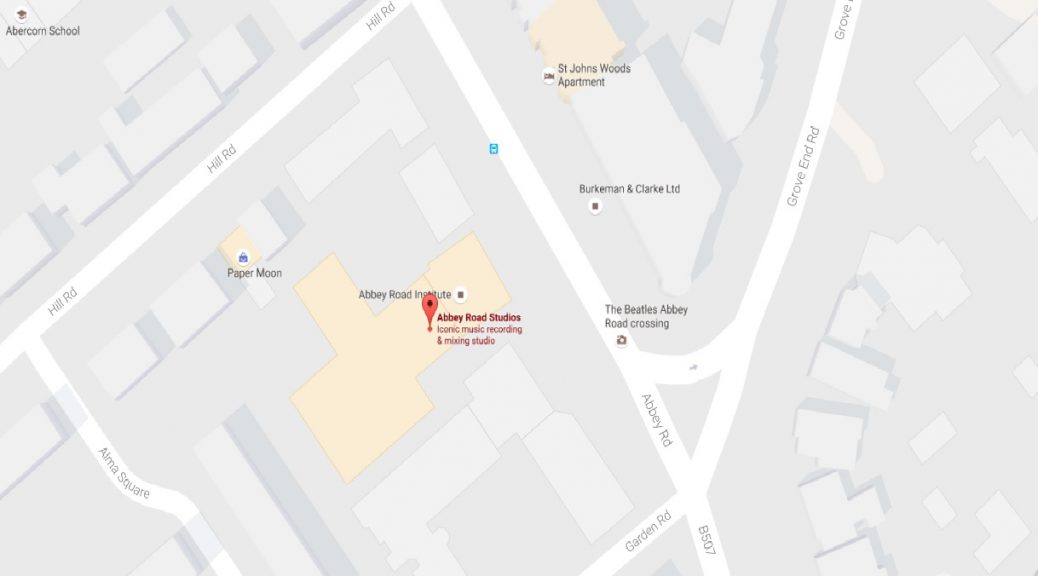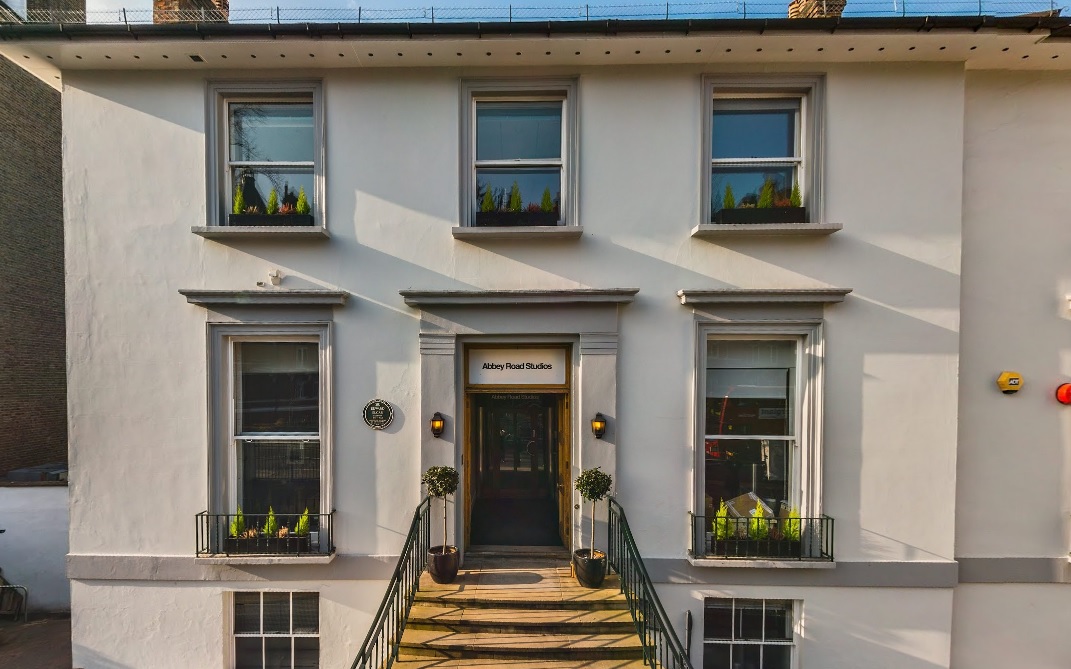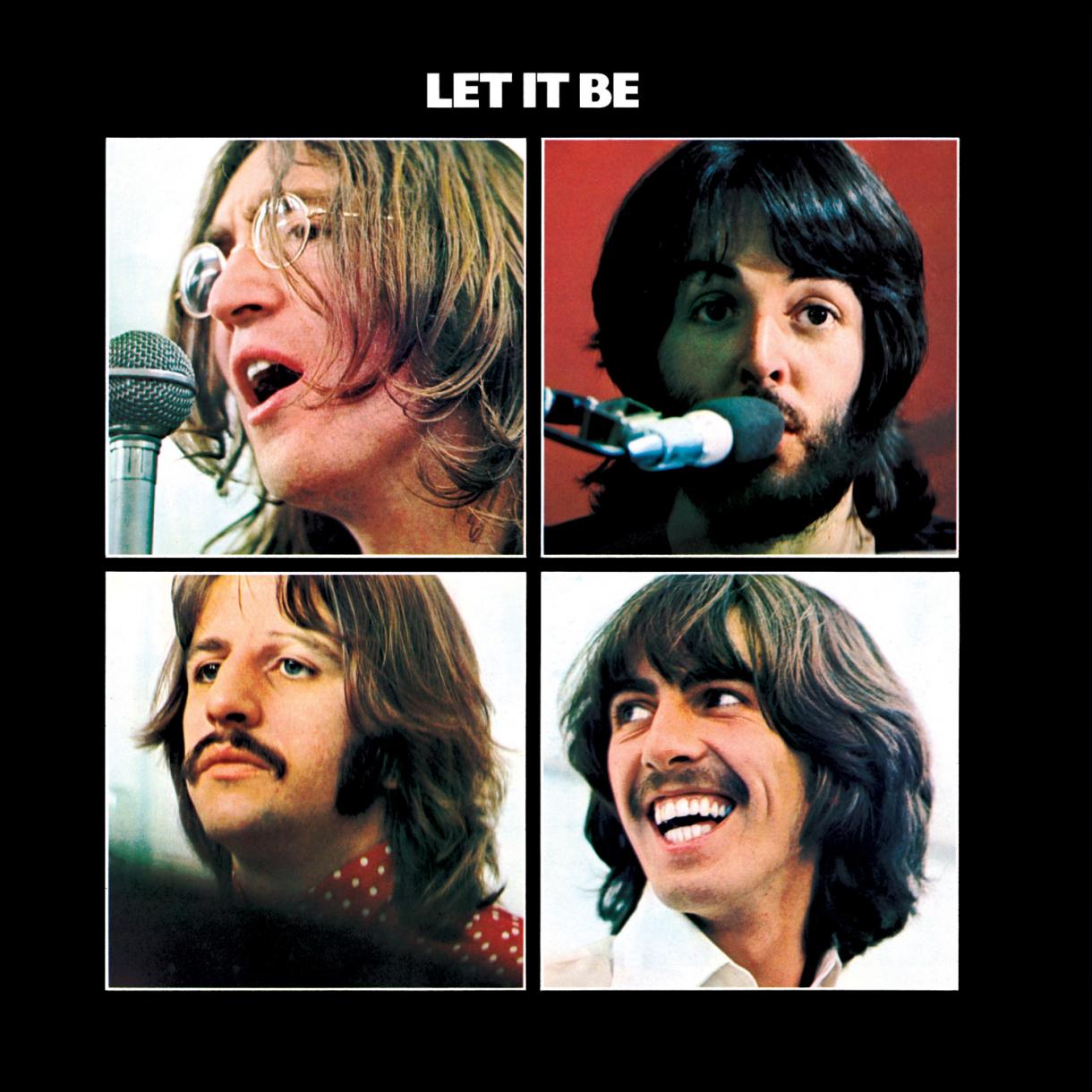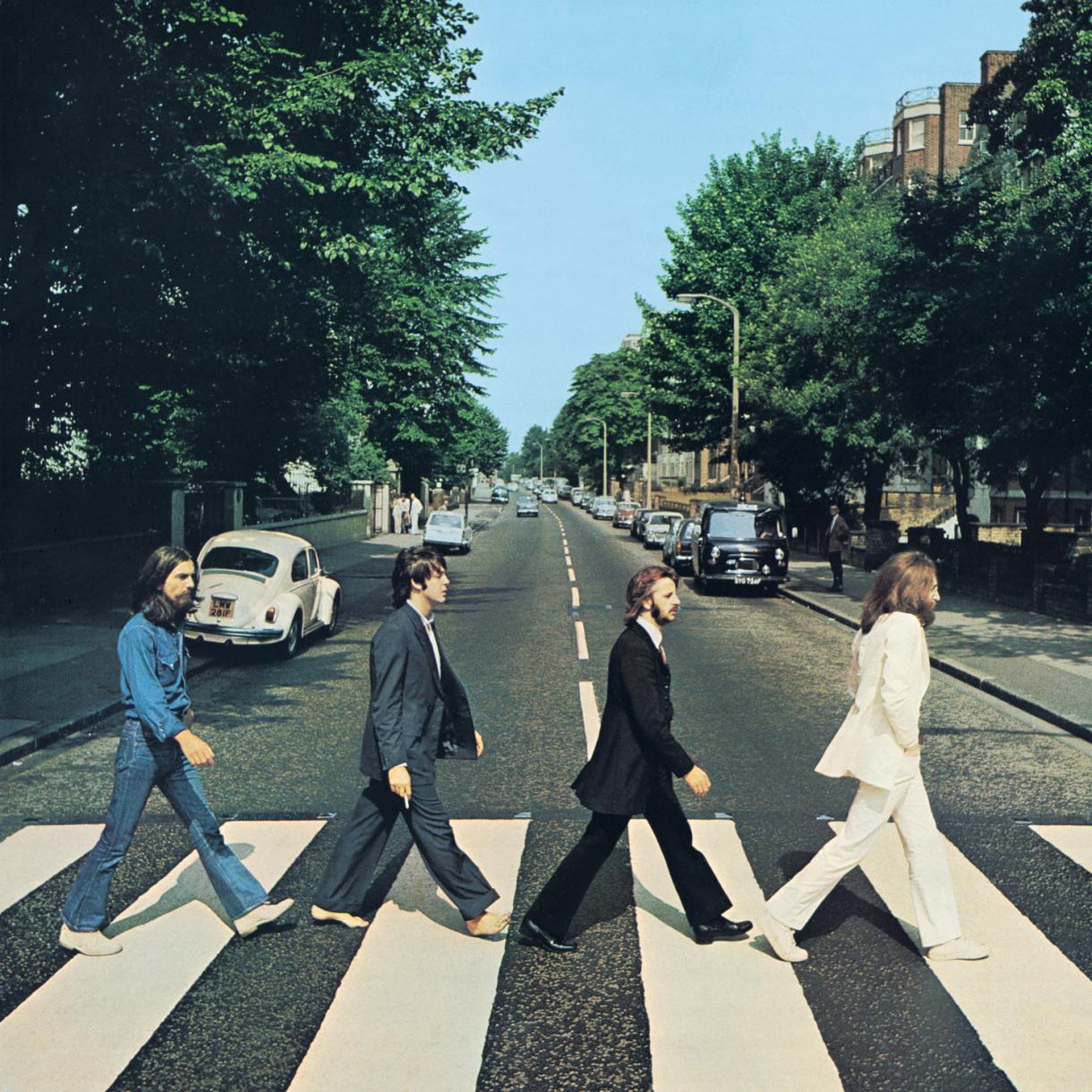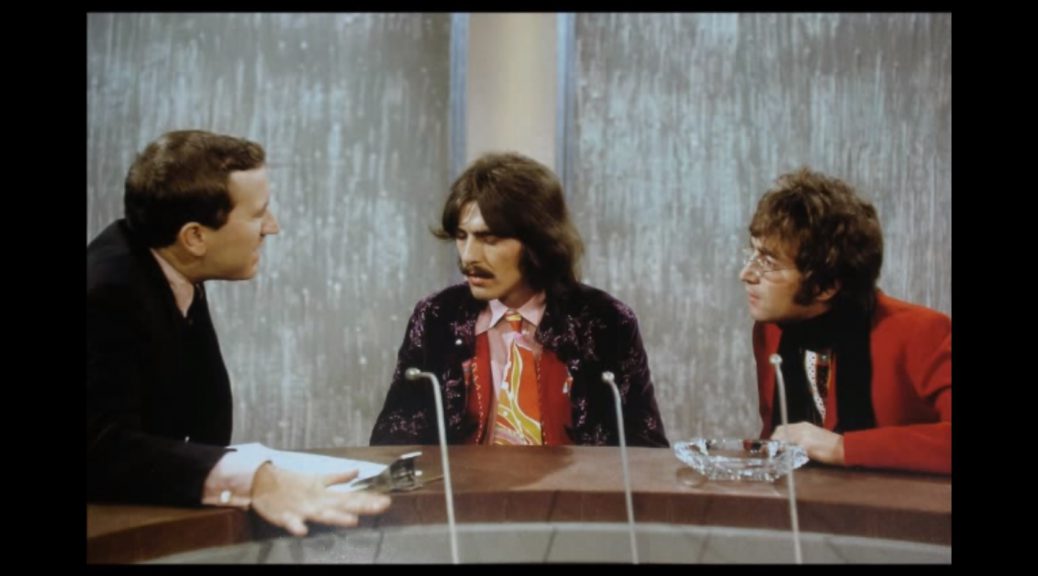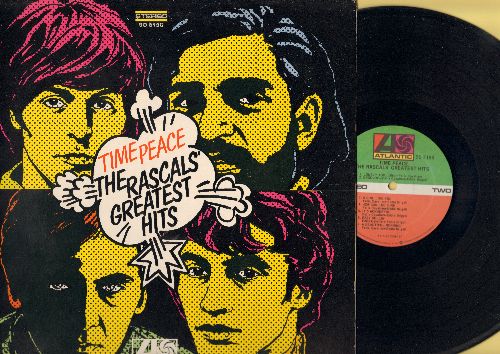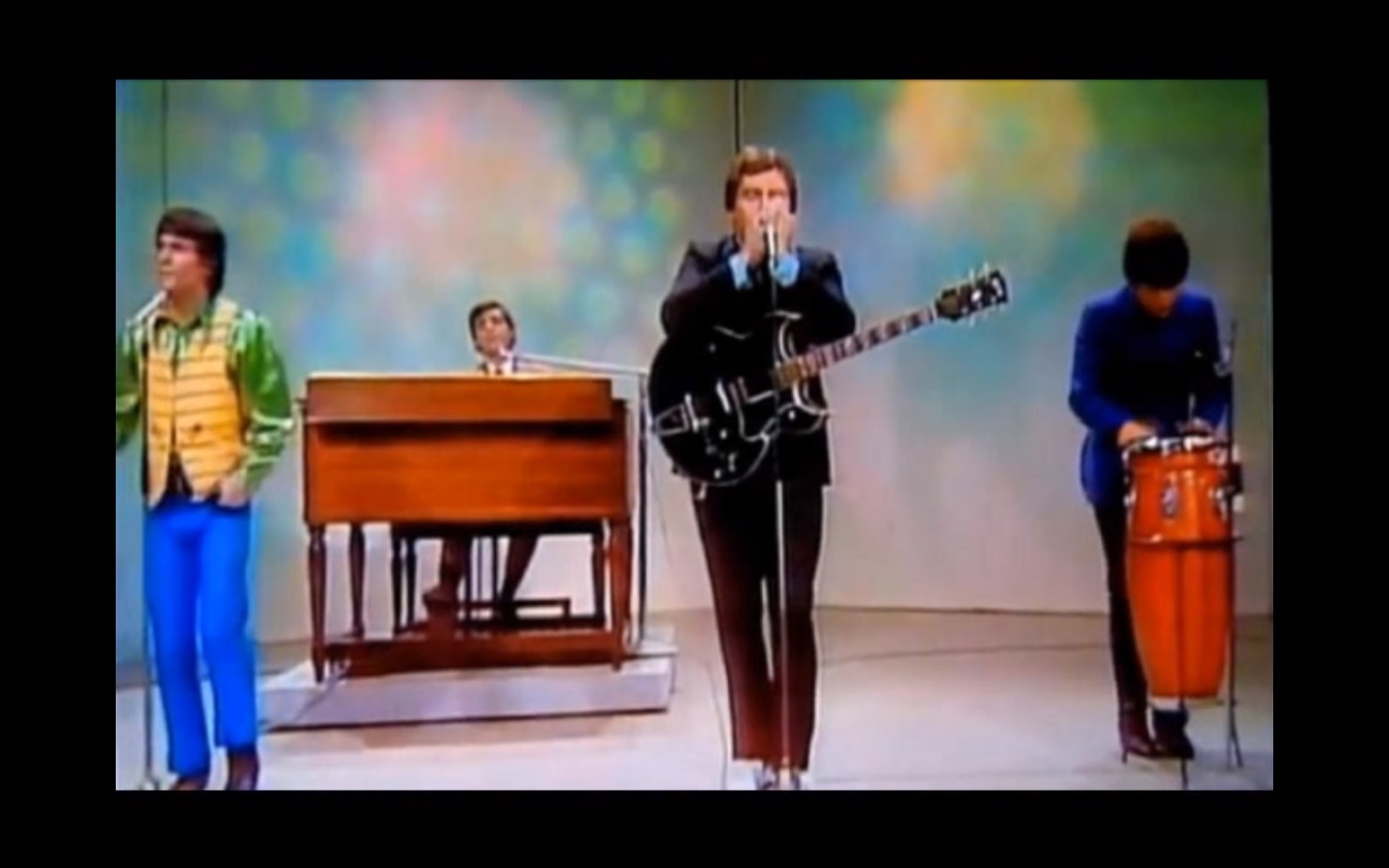Beatles Abbey Road
US release: October 1, 1969
What is the last Beatles album? The answer depends on whether one uses the actual times that Apple released the album or the actual time(s) that the Beatles recorded the album.
Beatles Abbey Road
Let It Be
The US release of Let It Be was May 8, 1970. The Beatles actually recorded in before Abbey Road in February 1968, January – February 1969. Since most of Let It Be was recorded in January 1969, before the recording and release of Abbey Road, some argue that Abbey Road should be considered the group’s final album and Let It Be the penultimate.
Famed producer Phil Spector is typically associated with the ablum, but his post-production embellishments so disappointed so many that in 2003 Apple re-released the album as Let It Be…Naked and removed those embellishments that Paul McCartney in particular felt got in the way of the group’s original stripped down sound goal.
Beatles Abbey Road
Beatles Abbey Road
In any case, Abbey Road is a different album than Let It Be. With Abbey Road, knowing it was likely their last, the Beatles wanted to do what they did best and go into the studio with George Martin, not Phil Spector.
The album cover is, of course, iconic and no other site of an album cover has had so many visitors and pictures taken by those visitors. Also of note about the album cover is that it contains neither the album’s nor the group’s name.
Beatles Abbey Road
George Martin
As had almost always been the case, George Martin was a huge part of the album. He later said that his response to Paul McCartney’s request to produce it: “I was quite surprised when Paul rang me up and said, ‘We’re going to make another record, would you like to produce it?‘ and my immediate answer was, ‘Only if you let me produce it the way we used to.’ and he said, ‘We do want to do that’ and I said, ‘John included?’ and he said, ‘Yes, honestly.”
He also said, ““It was a very very happy album. Everybody worked frightfully well and that’s why I’m very fond of it.”
Beatles Abbey Road
Side Two
We all know side two. “Here Comes the Sun” then “Because.” Then the medley. THE medley.
The Beatles had popularized the segue with Sgt Pepper’s. Not an album of singles, but songs that literally flowed one into the other.
Abbey Road’s “Medley” perfected that production technique with its 16 minutes melodious jaunt:
- At 4:03, “You Never Give Me Your Money” is the longest of the eight songs. Even the song itself has different parts perhaps a foreshadowing of McCartneys 1971 Uncle Albert Admiral Halsey ,
- John Lennon’s “Sun King” follows with lots of backing harmonies.
- Lennon wrote toth “Mean Mr Mustard” (is the Maharishi Mahesh Yogi the “dirty old man”?) and
- “Polythene Pam” during the Beatles 1968 visit to India.
- Four McCartney songs follow: “She Came in Through the Bathroom Window” (written after a fan entered McCartney’s residence via his bathroom window)
- “Golden Slumbers” (based onThomas Dekker’s 17th-century poem set to new music),
- “Carry That Weight” (reprising elements from “You Never Give Me Your Money”, and featuring chorus vocals from all four Beatles), and closing with
- “The End” which has the only Ringo drum solo. Appropriately (and sadly)_, the song contains three guitar solos, too. McCartney, then Harrison, then Lennon.
Though “Her Majesty” ends the entire album and is not part of the medley, it is the end of “The End” that is the true final message of the Beatles to us. One that has always been true whether before any of them were born, any of us were born, or after any of our progeny will be born:
“And in the end, the love you take is equal to the love you make”.
